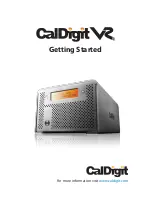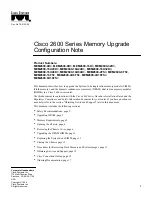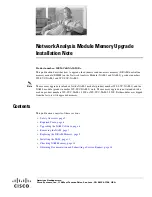
SCSI to SCSI RAID Subsystem
User Manual
67
6.5 Create Volume
A Volume is seen by the host system as a single logical device. Multiple Volumes can be
created in an Array as long as there is free capacity in the Array. Up to 32 Volumes can
be mapped to a LUN in each Host Channel (LUN ID 0 to 31 for Host A and for Host B).
1.
To create a Volume, select “Create Volume” from RAID menu.
2.
From the list of Array in the left column, select the Array where the Volume will
be created.
















































